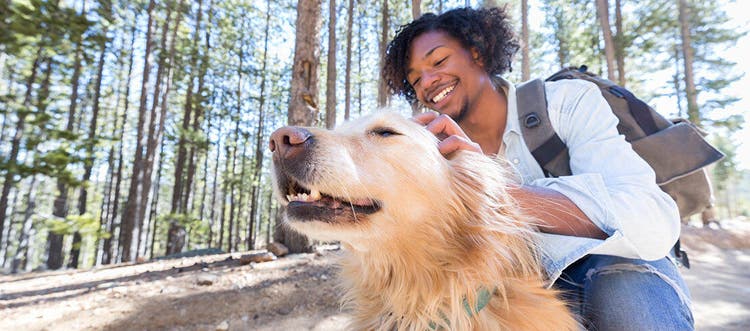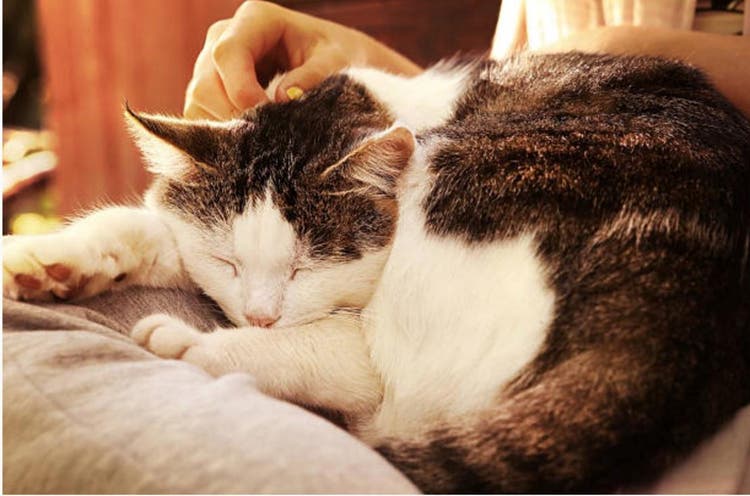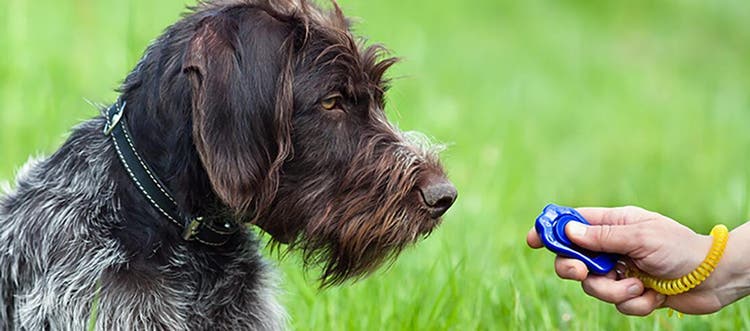Reviewed by Dr Abbie Lam DVM
Adopting rescue pets can be a wonderful experience for both you and your new dog or cat. Follow our advice for a harmonious move.
Welcoming a rescue pet into your home is an exciting time, but it’s important to remember that this can be a stressful transition for them. To help alleviate your new rescue pet’s dears, it’s important to create a safe and comforting environment right from the start. Find our tips on helping your pet feel at home:
Welcoming a rescue cat
Create a space where they can feel safe
Before welcoming a rescue cat into your home, it’s important to make sure your home is cat-friendly environment. Cats are territorial animals and need stability in their surroundings. Creating a safe space where your new cat and retreat and relax will help your cat to settle in their new home.
Remember that cats need separate areas for eating, drinking, toileting, sleeping and play. Set up a quiet area for your cat’s food and water bowls, away from their litter tray. It’s important to clean the litter clean, as many cats will refuse to use a dirty litter box.
Cats particularly love elevated areas, so cat trees or safely stacked boxes with a comfortable bed or blanket make the perfect cat retreat. A cat tree or scratching post will also give your cat a place to exercise and scratch. If you adopt a senior cat, ensure their bedding is especially warm and comfortable in the winter months. Bringing home a kitten means they will need lots of toys and playtime.
Slowly introduce your rescue cat to any other pets
If you have other pets, don’t let your new cat meet them face-to-face straight away. To start with, keep them in separate rooms. Swap their blankets so they can learn each other’s scents before they actually meet.
Let the cats meet through a barrier such as a mesh screen or a baby gate, and gradually increase the amount of time they spend seeing each other. After they seem comfortable, remove the barrier and allow them to sniff each other. Supervise your pets together until they both appear relaxed and comfortable, keeping in mind that this may take a few weeks.
Get to know each other before you rescue a pet
If you’re planning to adopt rescue pets, it’s important that you spend some time with them first. Most rescue centres will allow you to spend time with your potential new pet to check they are the type of personality you’re looking for and that you can establish a bond with them. It’s hoped that your adoption will be for the long term. Ensuring you and your pet are a match before you go ahead is a sensible step to take.
Once your cat has arrived toys and playtime are important for establishing a bond. Interactive play helps to build trust between you and your pet and can reduce their anxiety, especially for playful kittens.
Welcoming a rescue dog
Take some time off work
It’s a good idea to take a few days off work when you first bring a rescue dog home to help them settle in. You should allow your dog to spend time with the family indoors at first, in designated comfortable areas. When you do introduce new family members, do so slowly – your dog should approach them when he or she is ready.
Dog parks and populated areas should be avoided for the first few weeks, which will give you and your new pet the chance to bond and enables them to settle in and adjust to their new environment. Ensure your dog is properly socialised and knows important basic commands such as ‘come’ before introducing them to places like the dog park.
Getting your dog used to being alone is an important step before you return to work to avoid separation anxiety. Taking the time to build your dog’s tolerance for “alone time” will help them learn how to be independent when you’re not around. Enrichment toys can also help your dog stay occupied and calm when they’re alone. Crate training can help your pet feel safe when alone. If your dog is struggling when they’re alone, it may be a good idea to consult a professional trainer who can assist you with positive reinforcement training techniques.
Make safety your top priority in the design of your home
When bringing home a rescue pet, it’s important to take precautions around your home to make sure it is safe. Avoid fancy window accessories like vertical blinds and ornate curtains, as these could present danger to your dog if they get caught in them. Keep anything dangerous or poisonous, such as kitchen or garden chemicals, well out of reach. Ensure your dog cannot access food storage areas or garbage bins that may contain foods that dogs shouldn’t eat.
Make sure there are no holes or gaps in fences and that gates are secure to ensure your pet cannot escape. Rescue pets may be anxious in their new home to start with, and may try to find ways to escape.
Be willing to learn with your rescue pet
Although bringing home a new pet is fun, it is a learning curve for new pet parents. The right behaviours need to be learned by both dogs and owners. Your new dog and any dogs you already have should be taught basic obedience commands such as ‘stay’, ‘come’ and ‘leave it’. If you have children, they need to learn to behave respectfully and appropriately around the dog.
Tools to help with training include a harness and two leads. A two-metre lead for walks and a much longer lead, ideally 5 to 10 metres, for training them to explore safely in open spaces, and recall training.
When they’re at home, try to keep things as calm and predictable as possible. In the first few days, a short, calm and gentle walk along a quiet road gives your dog exercise without being over-stimulated. Playing with them in your garden is also a great way to introduce your dog to their new home.
Take care of their health needs
Reputable rescue centres should desex, vaccinate, microchip, heartworm test, and administer parasite prevention before going to their new home, but it’s important to speak to your vet about keeping your pet up to date with their vaccinations and preventatives.
Your veterinarian can also provide advice on health conditions to watch out for, especially if you’ve adopted a senior dog or a senior cat.
Adopting a rescue can be a wonderful experience for both you and your new dog or cat. Introducing them to your home and lifestyle properly ensures that you’re paving the way to sharing a special companionship that lasts a lifetime.









